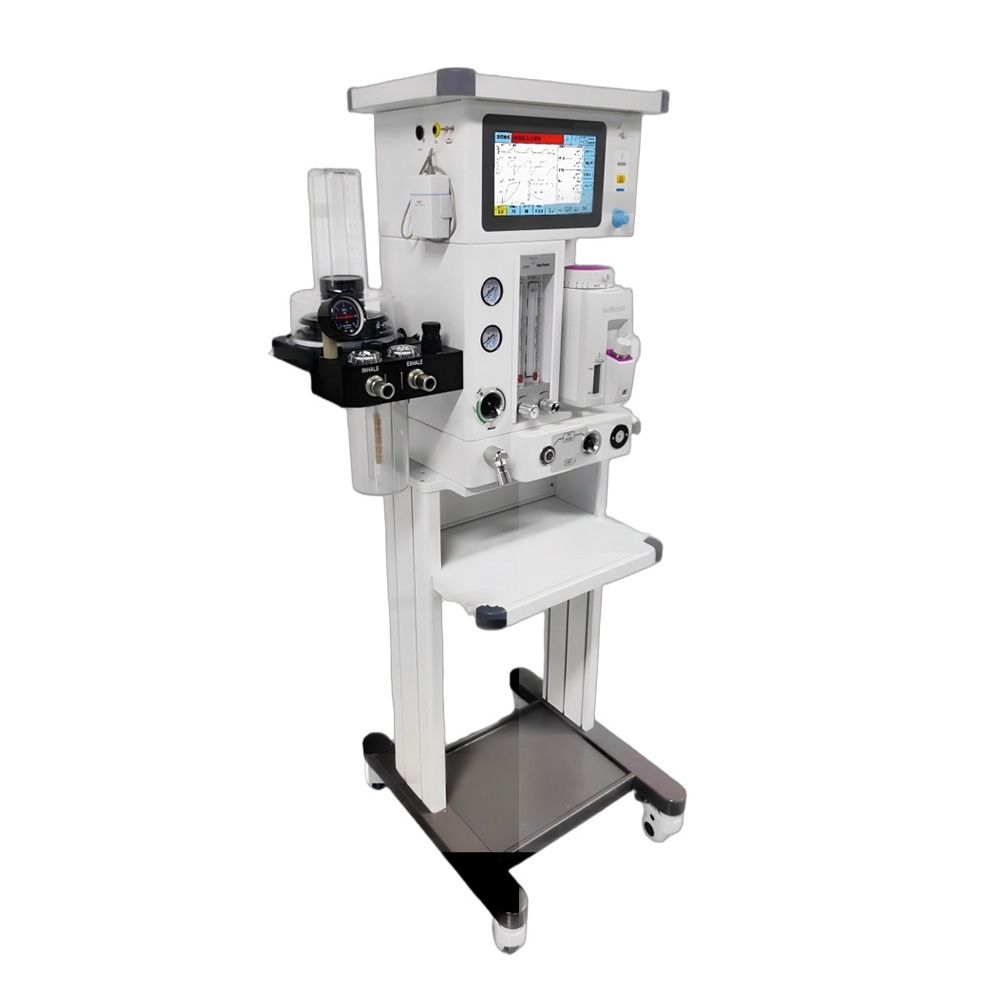What are the Main Functions of the Ventilator?
As an Air Compressor ICU Ventilator Exporter, share with you.
The ventilator is a Lungventilator, because it can only deliver gas to and out of the lungs. It does not participate in the entire process of breathing. It cannot replace all the functions of the lungs. So some people think that it is more accurate to call it a ventilator. The function of the ventilator we are talking about actually refers to its ventilation function.
The main function
(1) Adjust the ventilation pressure or ventilation volume: the constant pressure type ventilator has priority to set the pressure, the ventilation volume is determined by the size of the ventilation pressure, and the fixed volume type ventilator has the priority to set the ventilation volume, and the size of the ventilation pressure depends on the ventilation volume. size. The current higher-end multifunctional ventilators have both functions. However, the pressure in the airway remains constant when the constant pressure ventilator is mechanically ventilated, and its ventilation volume is directly proportional to lung compliance. When there is secretion in the airway Or airway spasm causes increased resistance, and lung consolidation or fibrous hyperplasia has poor compliance, its ventilation is not constant enough, and it is difficult to master, and it has been gradually eliminated.
(2) Adjust the breathing frequency or breathing cycle: Most ventilators can directly set the ventilation frequency, but some ventilators can change the ventilation frequency by setting the ventilation cycle. The ventilation cycle refers to the sum of the time required to complete an inhalation, exhalation and resting period. If the ventilation cycle is set to 3s, the breathing rate is 20 breaths per minute. At present, the breathing rate of some high-end ventilators can be adjusted very quickly, reaching 100-3000 times/min, which is much higher than the normal human breathing rate. This function can cope with some special situations, such as difficult tracheal intubation, bronchoscopy Examination, severe air leakage of artificial airway, patients after lobectomy and pneumothorax.
(3) Adjust the inspiratory/expiratory ratio: the inspiratory/expiratory ratio during mechanical ventilation depends on three factors, namely, ventilation frequency, ventilation volume (or pressure), and inspiratory flow rate. Under the premise of setting ventilation frequency and ventilation volume, The inspiratory/expiratory ratio can be changed by adjusting the inspiratory flow rate. A more specific example is inverse proportional ventilation (IRV), that is, the inhalation time is longer than the expiration time. It is suitable for patients with pulmonary cirrhosis or fibrosis.
(4) Adjust the sensitivity of assisted ventilation: The sensitivity usually depends on the negative pressure in the circuit during inhalation, so the greater the negative pressure, the lower the sensitivity, and vice versa. The sensitivity of assisted ventilation should be adjusted between 0~-3cm water column.
Our company also has Anti-COVID 2019 Star Ventilator on sale, welcome to contact us.






 English
English  French
French  Chinese
Chinese  Spanish
Spanish 














